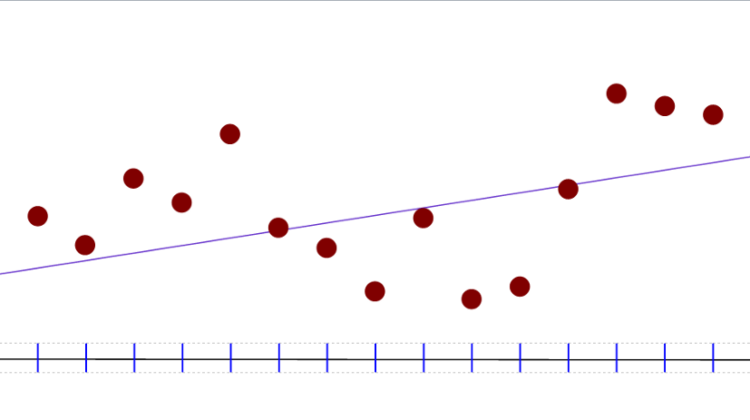
Formal Definition
A time series is a sequence of data points, measured typically at successive times, spaced at uniform time intervals. Now the period or the uniform time interval can be as large as a century if you collect geological data, can be as small as a second if you collect biological data, and can be a quarter if you consider economic data. The important issue is that the time interval must be uniform.
Time series analysis comprises methods for analyzing time series data in order to ex-tract meaningful statistics and other characteristics of the data.
Time series forecasting is the use of a model to forecast future events based on known past events: to predict data points before they are measured.
Assumptions of Time Series Analysis
Pattern of past will continue into the future.
Discrete time series data should be equally spaced over time. There should be no missing values in the training data set( or should be handled using appropriate missing value treatment in the data preparation process).
Time Series Analysis cannot be used to predict effect of random events( Example- Terrorist Attacks or acts of god such as Tsunami, disaster, etc.).
What is a Trend Component?
The trend is the long term pattern of a time series. A trend can be positive or negative depending on whether the time series exhibits an increasing long term pattern or a de-creasing long term pattern. If a time series does not show an increasing or decreasing pattern then the series is stationary in the mean. For example, population increases over a period of time, price increases over a period of years, production of goods of the country increases over a period of years. These are the examples of upward trend. The sales of a commodity may decrease over a period of time because of better products coming to the market. This is an example of declining trend or downward trend.
What is a Cyclical Component?
Any pattern showing an up and down movement around a given trend is identified as a cyclical pattern. The duration of a cycle depends on the type of business or industry being analyzed. A business cycle showing these oscillatory movements has to pass through four phases-prosperity, recession, depression and recovery.
What is a Seasonal Component?
Seasonality occurs when the time series exhibits regular fluctuations during the same month (or months) every year, or during the same quarter every year. This continues to repeat year after year. The major factors that are responsible for the repetitive pattern of seasonal variations are weather conditions and customs of people. More woolen clothes are sold in winter than in the season of summer .Regardless of the trend, we can observe that in each year more ice creams are sold in summer and very little in Winter season. The sales in the departmental stores are more during festive seasons that in the normal days.
What is a Random Component?
This component is unpredictable. Every time series has some unpredictable component that makes it a random variable. These variations are fluctuations in time series that are short in duration, erratic in nature and follow no regularity in the occurrence pattern. These variations are also referred to as residual variations since by definition they represent what is left out in a time series after trend ,cyclical and seasonal variations. Irregular fluctuations results due to the occurrence of unforeseen events like floods, earthquakes, wars, famines, etc.
Since economic cycles are very hard to predict, most time series pattern are de-scribed in terms of trend and seasonality. The irregular or the random events can be smoothed out by using Simple, Weighted, or Exponential Moving Averages.
Understanding Different Types of Moving Averages: Which One is Faster?
Understanding Moving Averages of Different Periods: Find out the Trends
Now How Do We Make Predictions?
The overall idea is that we extract a trend part, adjust the trend for seasonal compo-nent, and make forecast. Now there can be two variations:
Y = T + C + S + e, Or Y = T * C * S * e
Where T = Trend Component
C = Cyclical Component
S = Seasonal Component
and e is the random part
These two variations are respectively known as Additive and Multiplicative Models.
Various Trends
